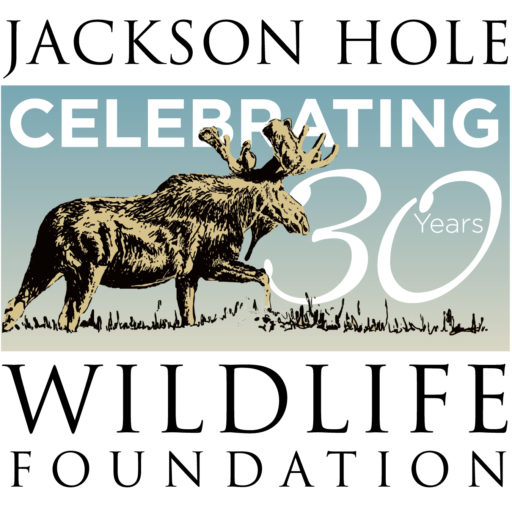Fence Inventory Map of Sage Grouse Core Area
This map contains fence locations and attributes of fences on public lands in portions of Grand Teton National Park (GTNP) and the Gros Ventre River drainage on the Bridger-Teton National Forest (BTNF) based on an inventory project of fences within Greater Sage Grouse Core Habitat. DISCLAIMER: Existing fences displayed are to within approximately 100 feet of best-known location. All fences inventoried were either on public land or bordering public land or roadway easements.
Why inventory fences?
According to the Upper Snake River Sage-Grouse Conservation Plan, Western range fences (generally barbed wire) can be a significant source of sage-grouse mortality that results from birds hitting wires while in flight, especially near breeding sites and wintering grounds.
Additionally, fence collisions are a well-known source of mortality for grouse in nearby Sublette County and fence-driven mortalities have the potential to threaten the already vulnerable sage-grouse populations locally.
The accomplishments resulting from these efforts have multi-species benefits, contribute to a healthy ecosystem, and ultimately facilitate movement of wildlife across our landscape.
Fence Inventory Results
Nearly 70% of fence originally mapped within the core habitat has already been removed or was confirmed they did not exist. Most of these removals were done by JHWF and their volunteer corps.
A total of 0.6 miles of fence remains on public lands within 0.25 mile of a known lek.
A total of 5.6 miles of fence remains on public lands within 0.5 mile of a known lek.
Just over half of the existing fence on public lands within the core habitat is barbed wire, with the remaining fence types split between buck and rail, rail and wire, etc.

